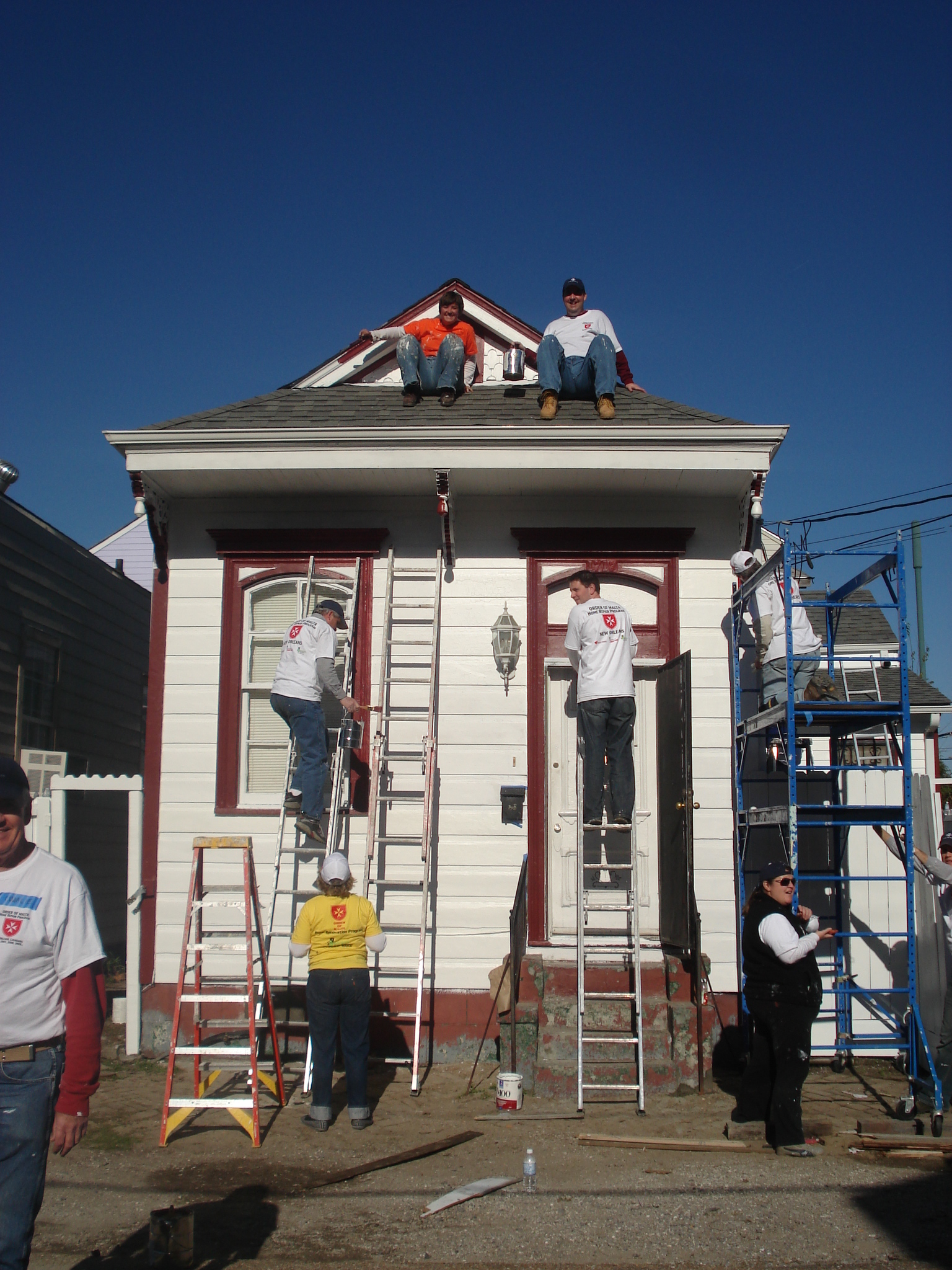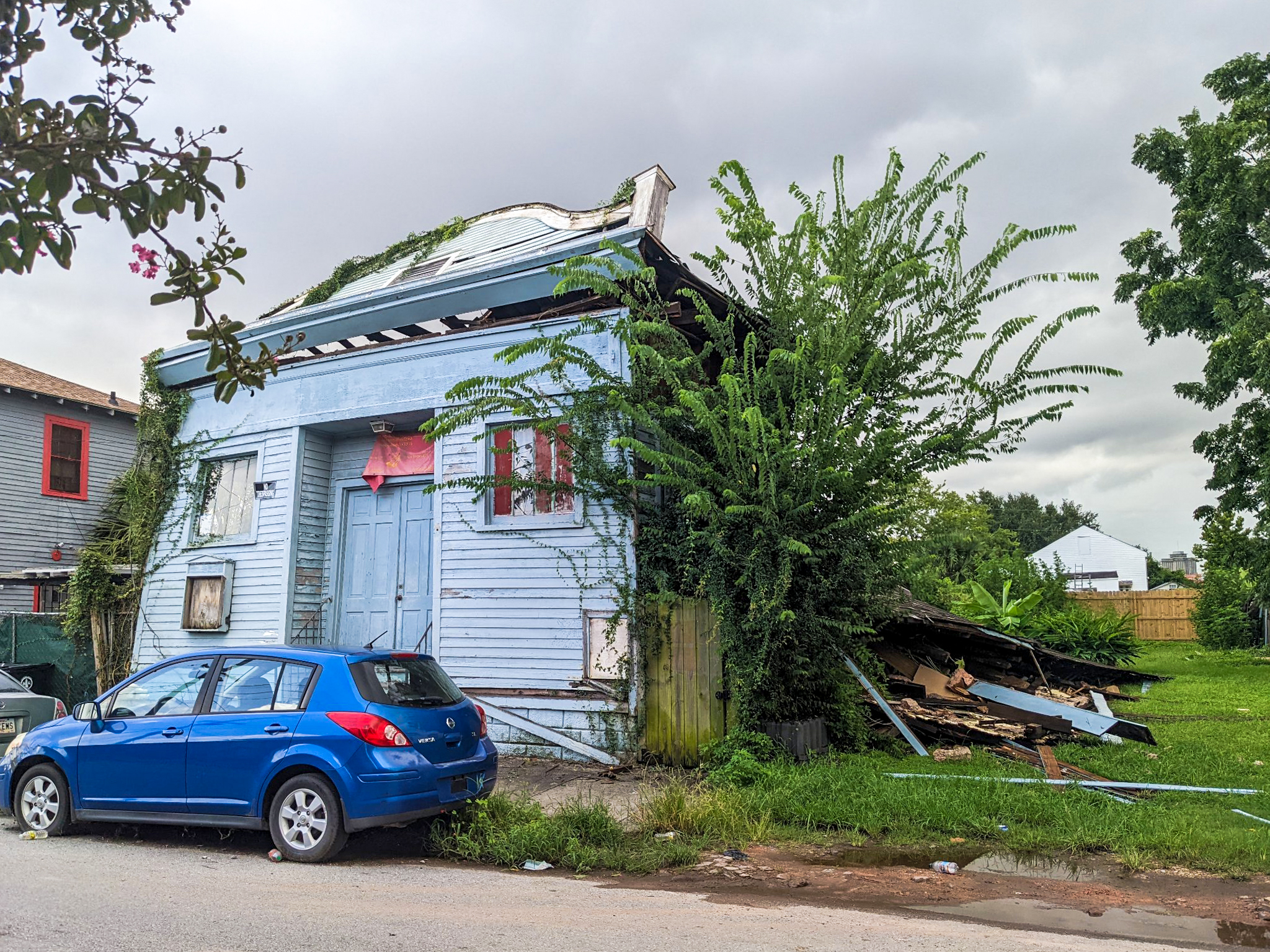The Federal Emergency Management Agency has released a new Fact Sheet detailing the techniques homeowners should employ in order to rebuild in a “flood smart” manner.
Here are some examples of “flood smart” building techniques:
- Elevate and secure water heaters, furnaces and other appliances (such as washers and dryers) on pressure-treated wood or masonry so that they sit at least 12 inches above the floor level.
- Install backflow preventers and check valves to plumbing to ensure that waste water and sewage flow out of your house only. Floor drains and standpipes can also prevent flood or waste water from collecting in your home.
- Install a sump pump in your home. Be sure to get one that has a battery or water-powered backup system in case the power goes out.
- Install all electrical panel boxes, circuit breakers, wall switches, and outlets at least one foot above the base flood elevation for your area.
- Anchor any indoor or outdoor fuel tanks with non-corrosive metal bindings to prevent them from being swept away by flood waters
- Close up any cracks in the ceiling or foundation of your home with a waterproof sealant. Flood waters can flow through even the smallest cracks and will quickly turn cracks into gaping holes.
- Install wire mesh guards over your gutters to prevent debris from clogging them and creating pockets of standing water on your roof.
Be sure to obtain any necessary permits and follow all local building codes when rebuilding or making repairs. Contact your local code officials BEFORE beginning any construction to ensure that you will be meeting all floodplain management requirements.






